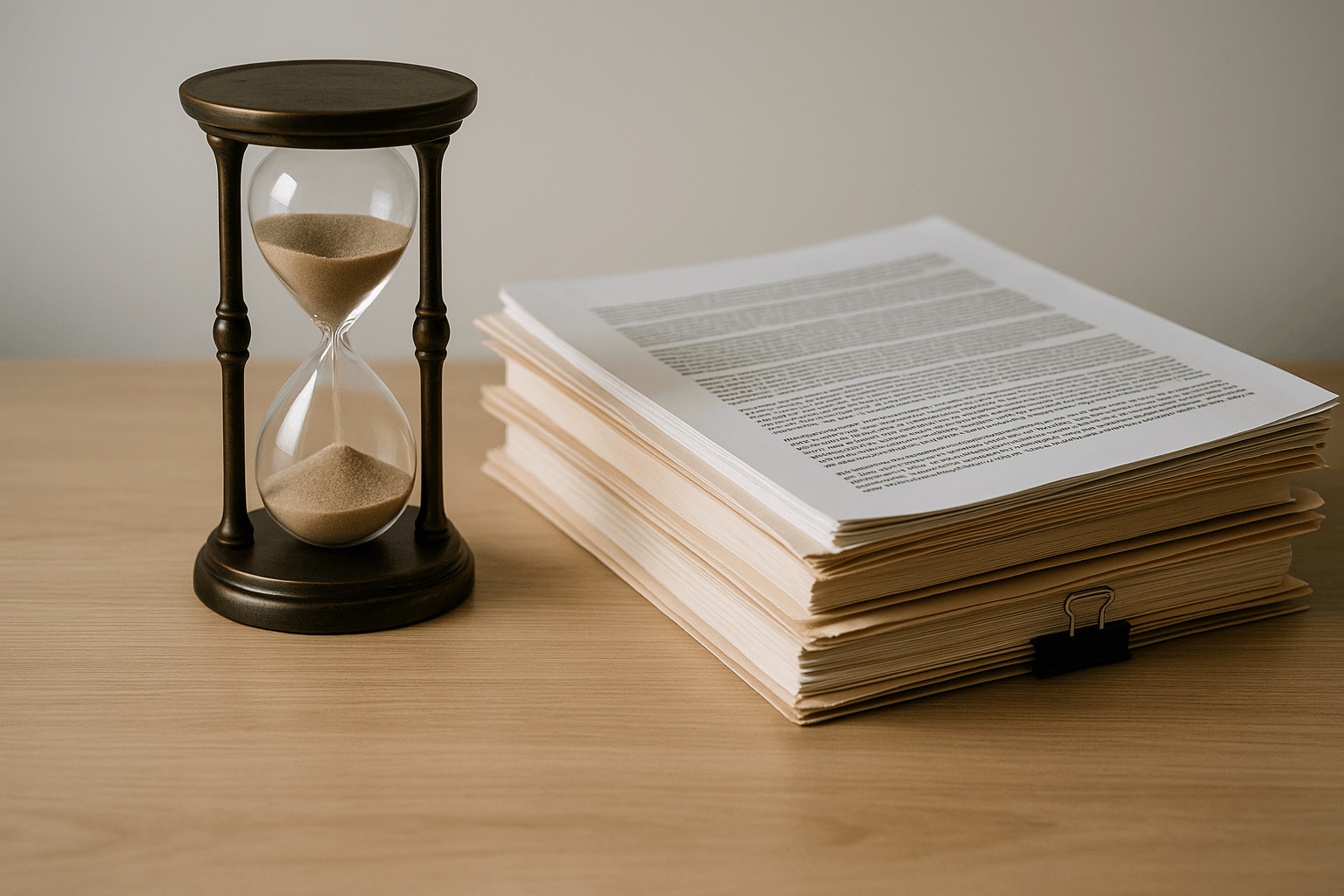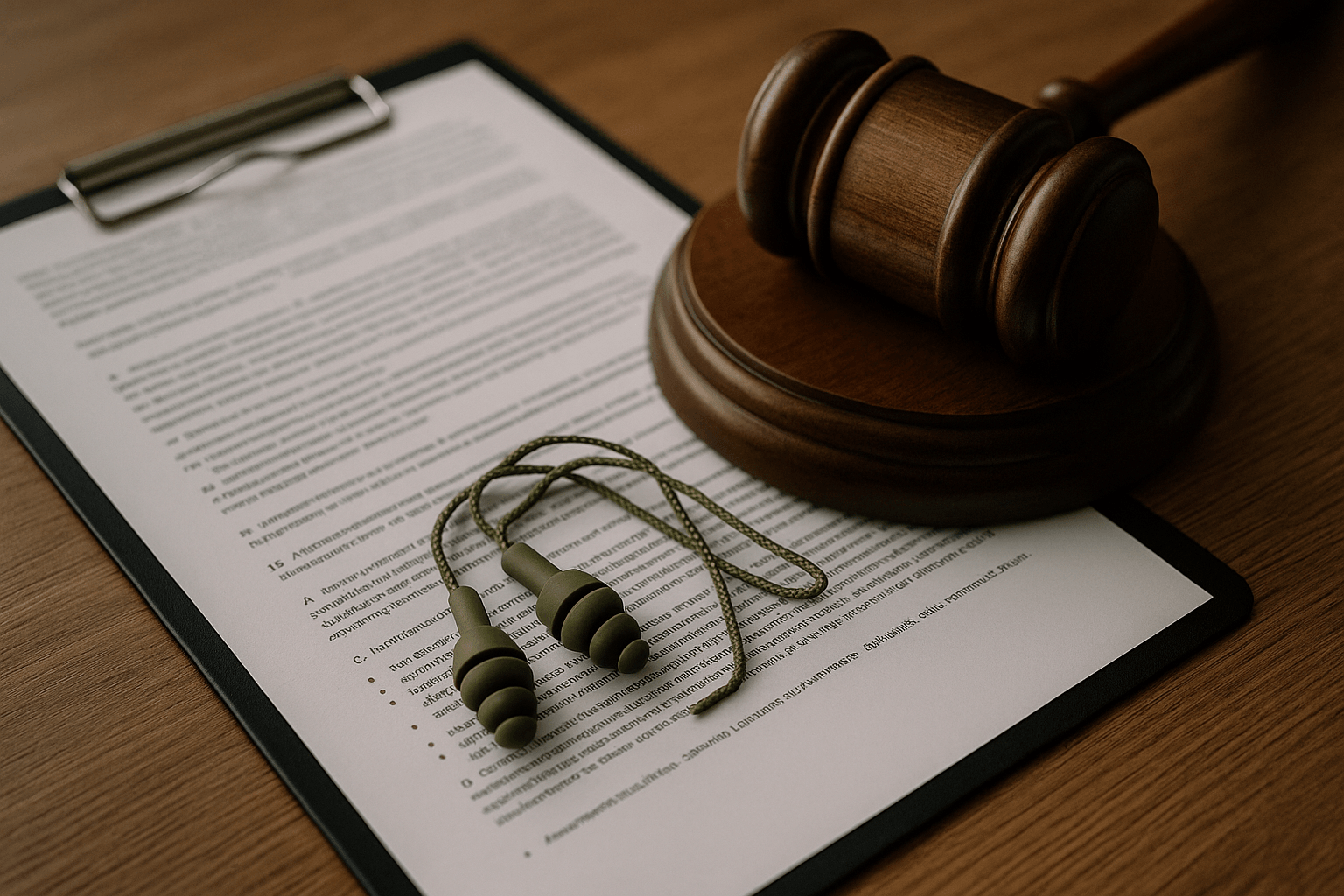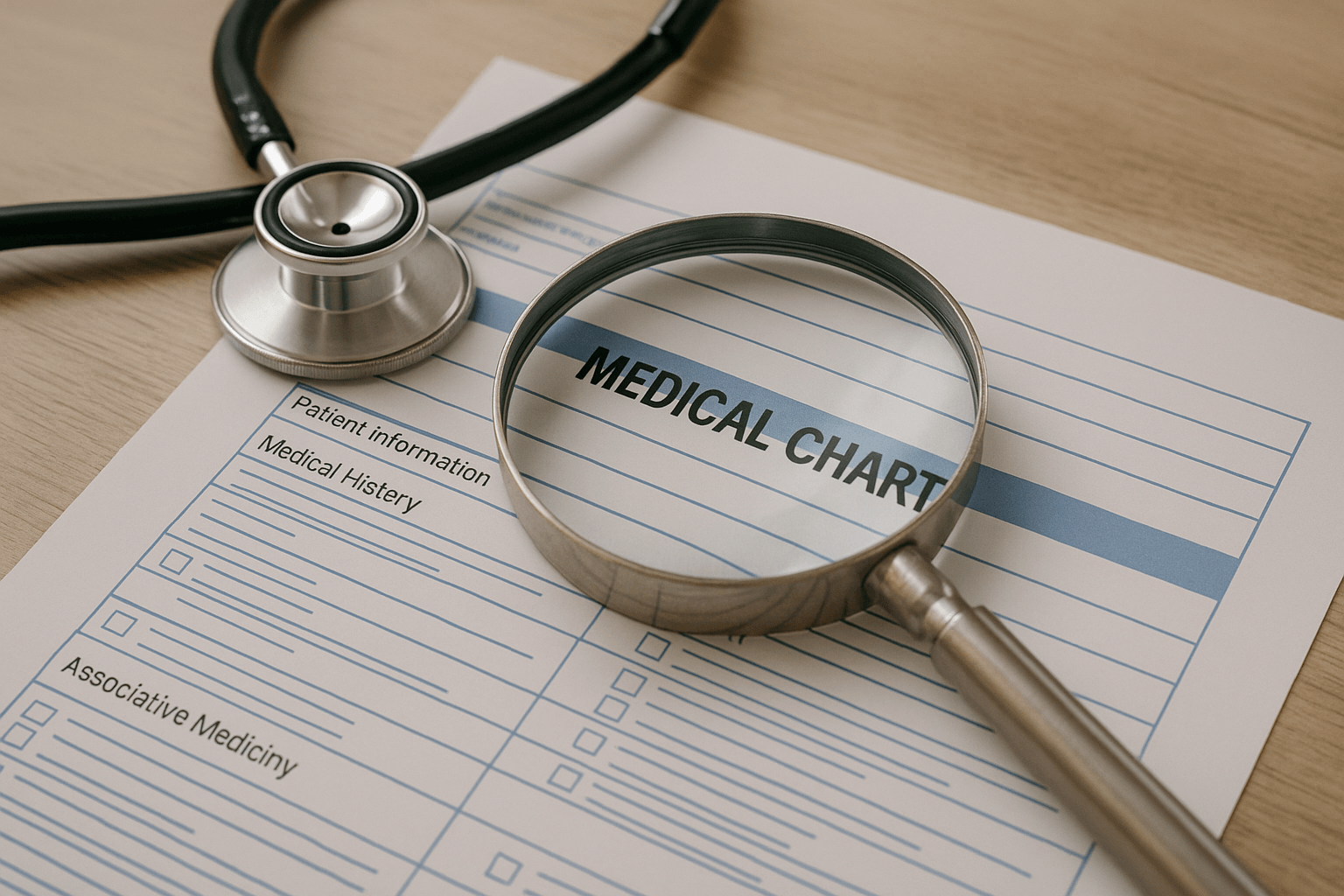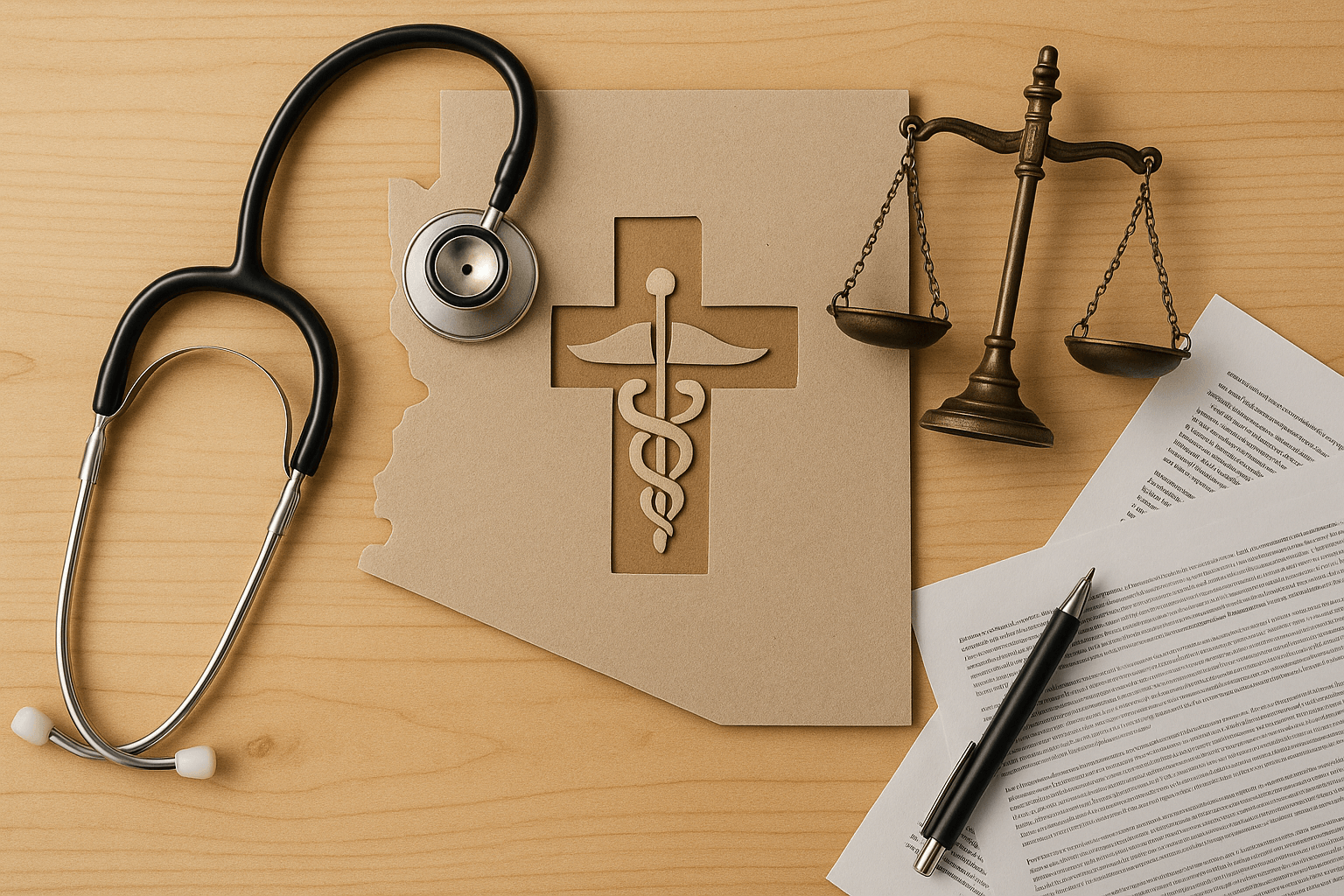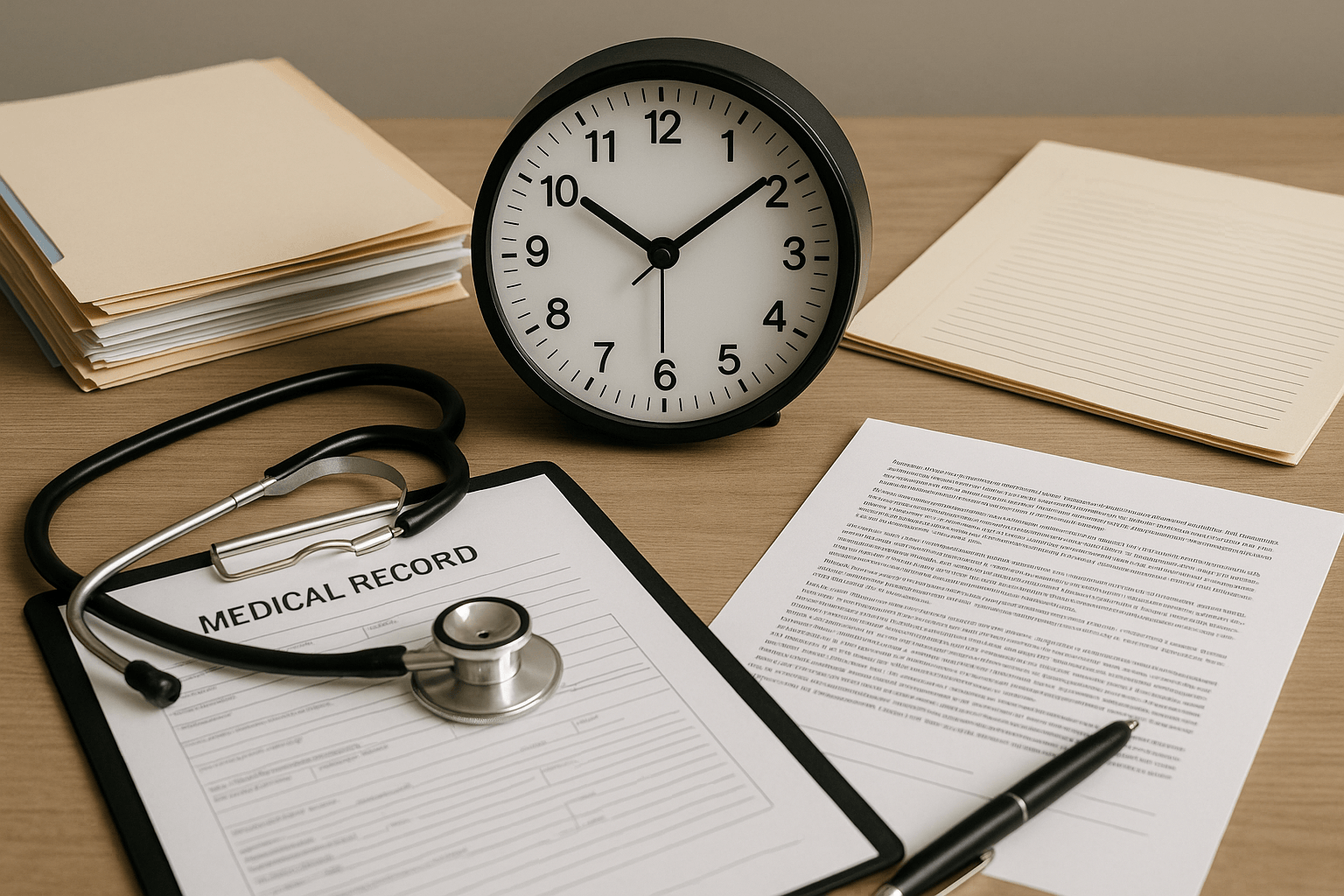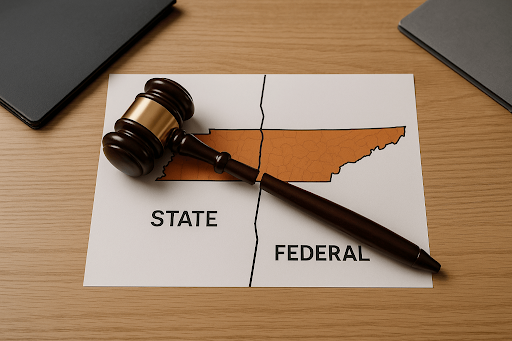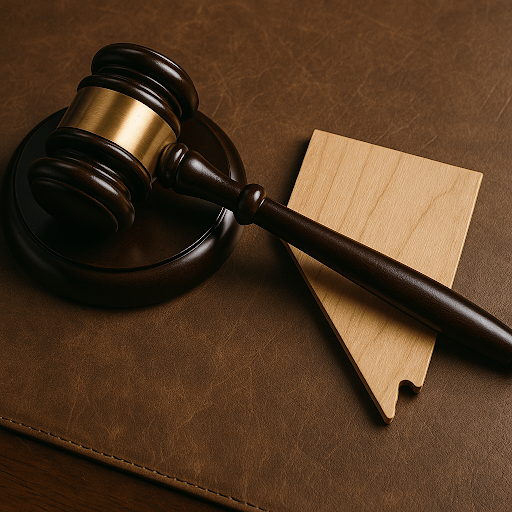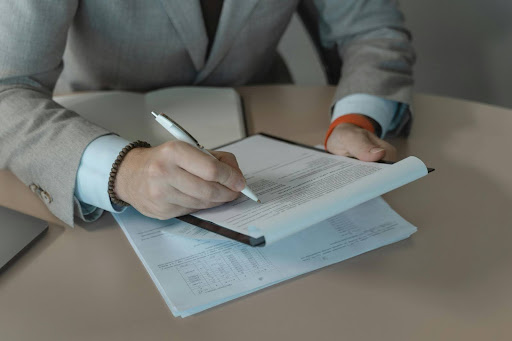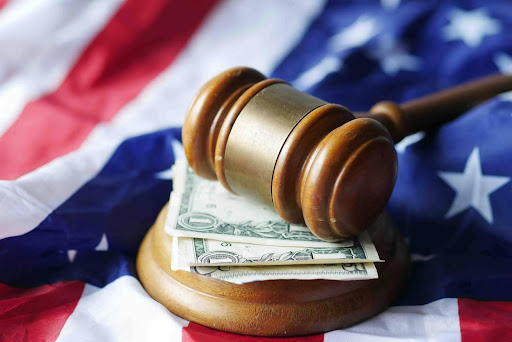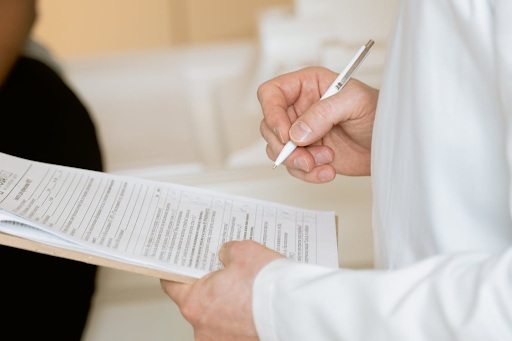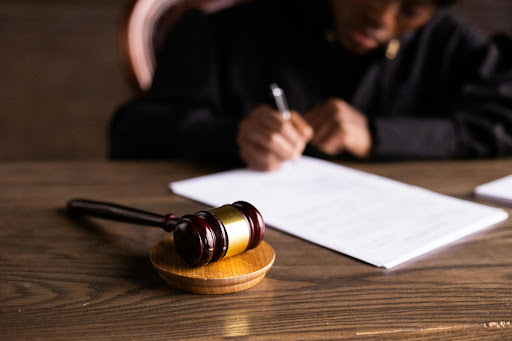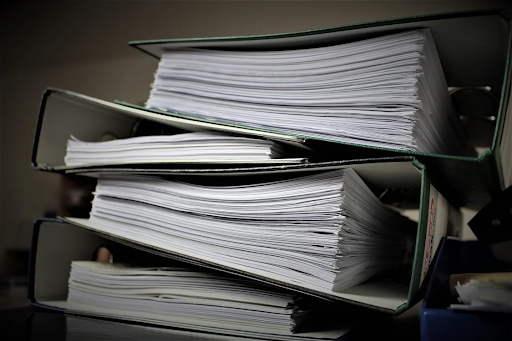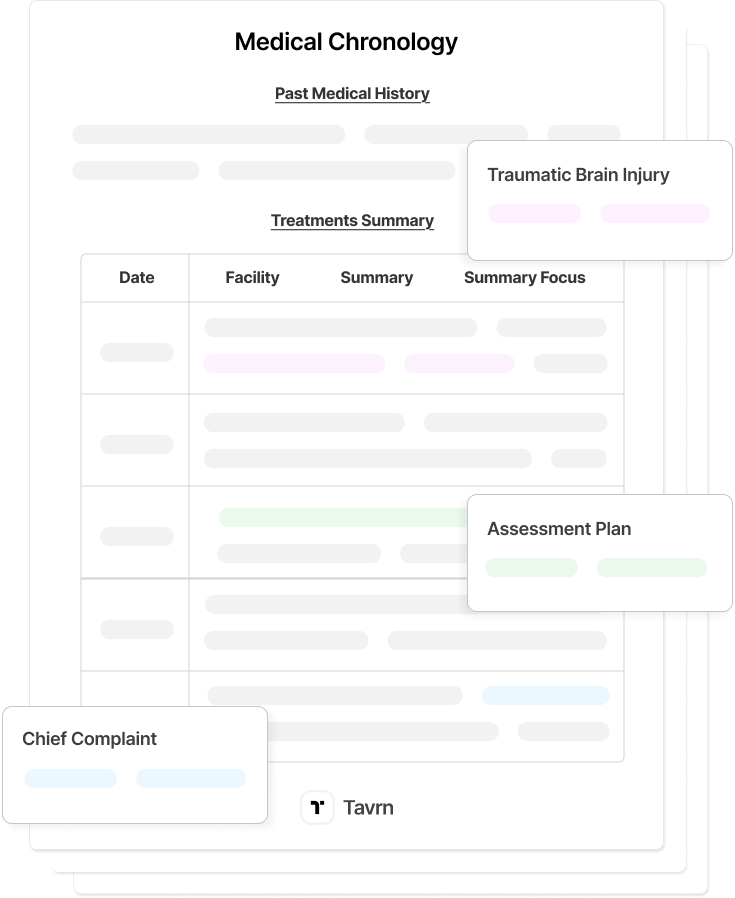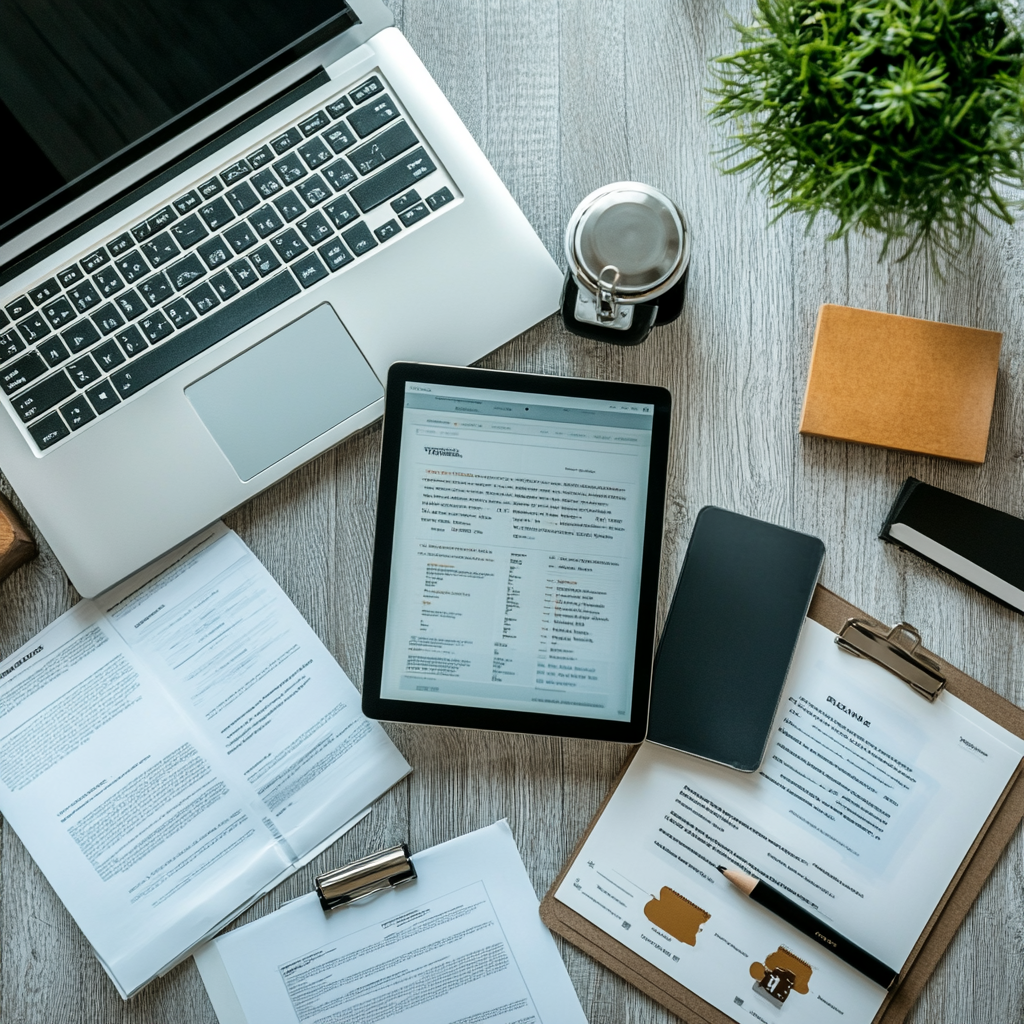Slip and fall cases are among the most common personal injury claims in Florida. They often resolve through settlements rather than jury verdicts, but both outcomes reveal useful patterns.
Because settlement figures are usually confidential, the most reliable public benchmarks come from practitioner data.
This guide examines current Florida settlement ranges, key factors that affect settlement values, and practical strategies for maximizing compensation.
What Is The Average Slip and Fall Settlement In Florida?
According to Glover Law Firm, the average slip-and-fall settlement amount in Florida falls between $75,000 and $175,000. Glover’s data provides a practical benchmark for claim valuation, but settlement values vary significantly depending on injury severity, comparative fault, and venue (South Florida counties tend to produce higher awards than rural jurisdictions).
Verdicts and settlements must be considered separately. Verdicts reflect fully litigated trials; settlements reflect negotiated compromises, factoring in litigation risks and costs.
Florida's new 51% comparative negligence bar, introduced by the 2023 Tort Reforms, has altered settlement dynamics by eliminating recovery if plaintiffs are found more than half at fault.
What Are The Most Common Slip and Fall Injuries in Florida?
Florida public health surveillance confirms clear patterns in fall injuries:
- Hip fractures. Most common among seniors; can command six- or seven-figure outcomes due to surgery and long rehab.
- Lower-body fractures (leg, ankle, knee). Surgical cases may settle in the high six figures, while non-surgical fractures may resolve in the mid-five figures.
- Traumatic brain injuries. Can range from mild concussions to severe impairment. Settlements can vary widely, with $1M+ possible depending on cognitive impact.
- Upper-body fractures (wrist, arm, shoulder). Surgical cases often settle in the $200k–$400k range; non-surgical cases typically in the $50k–$100k range.
- Spinal injuries. Disc herniations with fusion surgery can drive six- or seven-figure settlements.
Wet surfaces, polished tile, poor drainage, and heavy tourism foot traffic contribute to these injury patterns.
How Are Florida Slip and Fall Settlement Values Determined?
Slip and fall settlement values depend on several interrelated factors:
- Injury severity and permanence remain the primary drivers.
- Comparative negligence (2023 reform): If the plaintiff is 51% or more at fault, they are unable to recover damages.
- Economic damages include past/future medical bills, lost wages, and rehab costs.
- Noneconomic damages (pain, suffering, disruption) attorneys typically calculate using a multiplier of 1.5–5.0× economic damages, depending on severity, permanence, age, and impact. This multiplier method is a common heuristic, not a statutory formula.
- Premises-liability notice rule: Plaintiffs must prove the business had actual or constructive notice of the hazard. Courts now require a "plus factor" to establish constructive knowledge.
- Insurance limits and defendant resources cap potential recovery.
- Venue differences: Urban juries tend to award more than rural ones.
Click for the latest medical malpractice caps by state.
How Long Can a Slip and Fall Settlement Take in Florida?
Most settlements in Florida resolve within 6 to 24 months, depending on case complexity and procedural requirements.
Attorneys typically wait for Maximum Medical Improvement (MMI) before beginning settlement negotiations to prevent undervaluation of claims. Manual medical record collection alone commonly takes 90–120 days due to slow provider responses. If a lawsuit becomes necessary, discovery procedures can add 6–12 months to the timeline.
Florida's procedural requirements impose specific deadlines that affect case timing, including 120-day service deadlines under Florida Rule of Civil Procedure 1.070(j).
As of March 24, 2023, negligence cases must be filed within two years of the accident, reduced from the previous four-year limit under Florida's revised statute of limitations.
Florida Slip and Fall Settlement Estimate Framework
- Calculate economic damages (medical, wages, rehab, etc.)
- Choose a noneconomic multiplier (1.5–5.0) based on injury severity.
- Multiply economic damages by the noneconomic multiplier.
- Add economic and noneconomic for gross case value.
- Apply comparative fault reduction and consider policy limits and venue—apply 51% bar rule if applicable.
Example: $50,000 economic damages × 3.0 = $150,000 noneconomic damages. Total = $200,000. With 30% fault, net = $140,000.
Key Florida Slip and Fall Case Examples
In Broward County, a patron slipped in a Burger King restroom and sustained serious spinal injuries requiring disc replacement surgery with further complications.
The jury awarded $7.5 million, one of the state’s largest slip‑and‑fall verdicts. On appeal, the Fourth DCA reversed and ordered a new trial due to the late disclosure of changed expert testimony.
Seven demonstrates the high potential value of strong liability and medical evidence, and the procedural risks that can undo even large verdicts.
In Daytona Beach, a customer alleged injuries after slipping on a liquid spill at Joe’s Crab Shack. The trial court granted summary judgment for the defense, and the Fifth DCA affirmed.
The court ruled the mere presence of a liquid is insufficient; a plaintiff must prove a “plus factor”, such as footprints, dirt, track marks, or drying, to show constructive notice.
The plaintiff recovered nothing, highlighting how the absence of notice evidence can reduce potential settlement value to zero.
Seven and Duran illustrate Florida's evolving standards, where strong evidence of maintenance failures increases settlement leverage, while weak notice evidence can eliminate liability.
How to Maximize a Florida Slip and Fall Settlement
Maximizing slip and fall case settlements depends on strong demand packages. Effective demands include robust liability evidence, complete medical documentation, expert supporting opinions, and thorough damage calculations.
Well-prepared cases signal trial readiness to insurance companies, creating pressure to offer more substantial settlements rather than face the uncertainty and expense of litigation. Before submitting any demand, conducting a thorough audit of your case materials helps identify and fill gaps in medical records or causation analysis.
Settlement leverage typically reaches its highest point after the plaintiff achieves Maximum Medical Improvement (MMI) and when trial preparation is complete, demonstrating both the full extent of damages and serious intent to proceed to a verdict if necessary.
Increase Slip and Fall Settlement Amounts with Tavrn
Florida's shortened two-year statute of limitations and the 51% comparative negligence bar make efficient case preparation critical to success. Slow medical record retrieval, incomplete chronologies, and slow demand letters directly impact settlement leverage.
AI-powered legal platforms address preparation hurdles by automating slow manual processes. For example, Tavrn connects directly to more than 1,000 US healthcare providers, retrieving relevant records in days instead of weeks. Following rapid retrieval, the AI system generates a comprehensive medical chronology and drafts a cited demand letter draft ready for attorney review.
To maximize your slip and fall injury settlements, try Tavrn.
Frequently Asked Questions
How are slip and fall settlements calculated?
Economic damages (medical bills, lost wages, rehab) + noneconomic damages (pain and suffering) using multipliers (1.5–5×). Reduced by plaintiff's fault percentage; barred entirely if >50% at fault.
What is the statute of limitations on slip and fall injuries in Florida?
2 years from the date of injury (reduced from 4 years in March 2023) under Fla. Stat. §95.11.
Are settlements taxable in Florida?
Under federal tax law, most personal-injury settlements for physical injuries are not federally taxable. Florida has no state income tax. Punitive damages, interest, or unrelated emotional distress remain taxable.
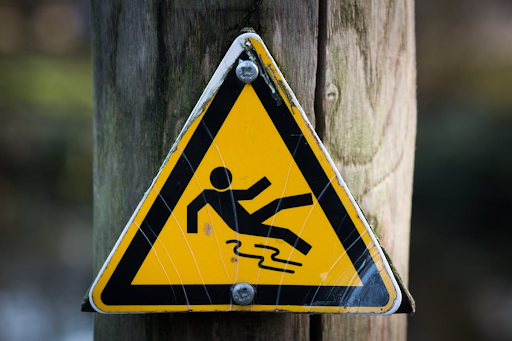
.webp)
.webp)
